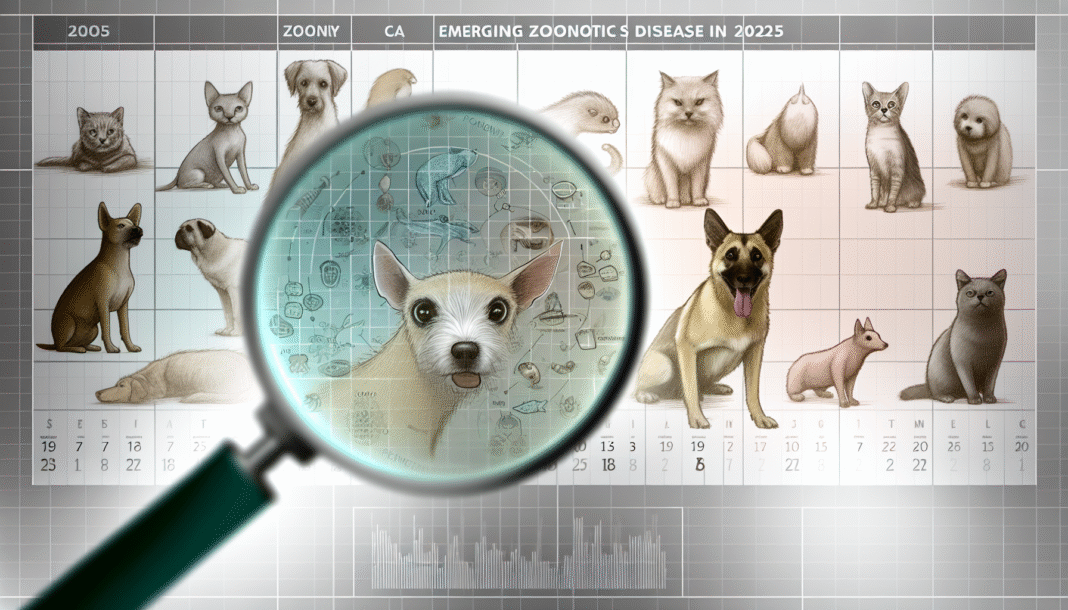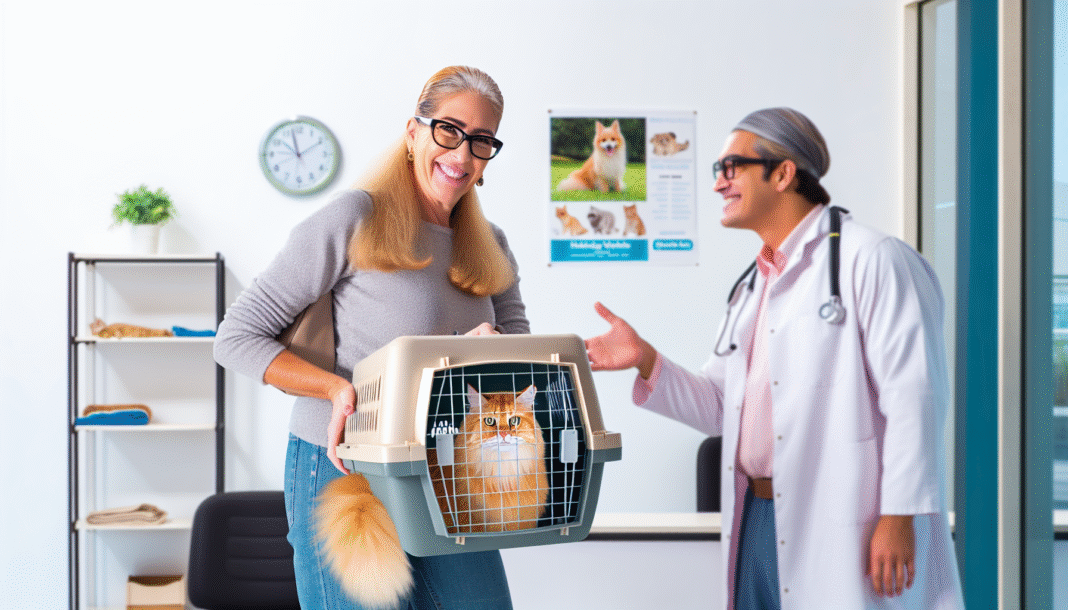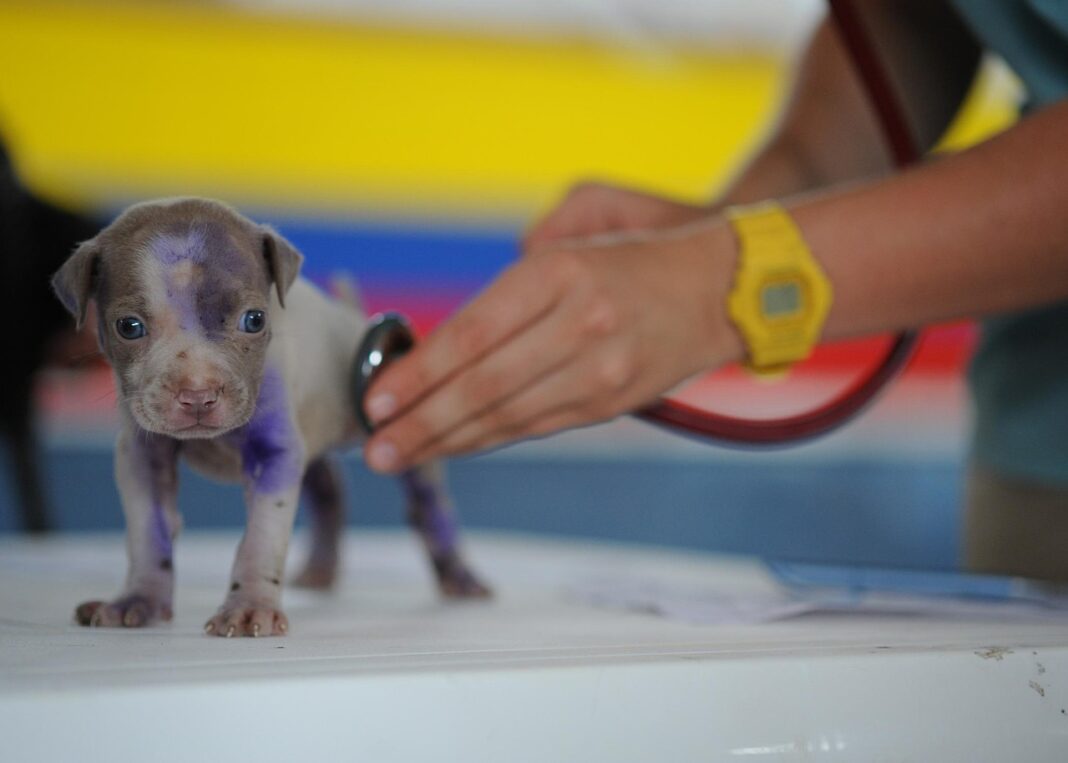As pet owners, our furry companions are more than just pets; they are part of the family. However, with the rise of emerging zoonotic diseases—illnesses that can be transmitted between animals and humans—it’s crucial to stay informed and proactive in safeguarding their health. In this article, we’ll explore what zoonotic diseases are, their causes, symptoms, diagnosis, treatment, and prevention measures—all tailored for the caring pet owner.
What Are Zoonotic Diseases?
Zoonotic diseases are infections that can be transmitted from animals to humans. They can be caused by bacteria, viruses, parasites, and fungi. These diseases pose a significant risk, particularly as new strains continue to emerge each year, partially due to environmental changes and increased interaction between wildlife and domestic animals.
The Importance of Awareness
Keeping an eye on emerging zoonotic diseases is essential for both pet health and human safety. As we learn more about these diseases, their patterns of transmission, and preventive measures, we can better protect our pets—and ourselves.
Causes of Emerging Zoonotic Diseases
Zoonotic diseases can originate from a variety of sources:
- Wildlife Encroachment: As urbanization expands, pets are increasingly coming into contact with wildlife, raising the risk of exposure to new pathogens.
- Climate Change: Altered weather patterns can shift disease dynamics, leading to new carriers for zoonotic viruses.
- Pet Travel and Trade: Pets traveling internationally or imported animals can bring in diseases that may not be present in the local environment.
Symptoms to Watch For
Recognizing the early signs of zoonotic diseases can make all the difference. Common symptoms in pets that may indicate a zoonotic infection include:
- Fever: An elevated temperature can signal an infection and is often a first sign.
- Lethargy: If your pet is unusually tired or inactive, it could be a concern worth investigating.
- Vomiting or Diarrhea: Digestive disturbances can indicate a range of health issues, including zoonotic diseases.
- Skin Issues: Rashes, itching, or lesions might reveal an underlying infection or parasite.
- Changes in Appetite: Sudden changes in eating habits can also point toward health issues, including infections.
If you notice any of these symptoms in your pet, it’s essential to consult your veterinarian promptly.
Diagnosis of Zoonotic Diseases
Diagnosing zoonotic diseases often requires a thorough examination. Vets may perform:
- Physical Exams: A detailed examination can uncover symptoms that are not immediately visible.
- Blood Tests: These can identify infections, assess immune response, and detect specific pathogens.
- Fecal Tests: To check for parasites or bacterial infections, especially if your pet shows gastrointestinal symptoms.
- Diagnostic Imaging: X-rays or ultrasounds may be used to evaluate internal conditions or complications.
Early diagnosis is key to effective treatment, so keep detailed notes of any symptoms you observe in your pet.
Treatment Options
Treatment for zoonotic diseases varies widely based on the specific infection your pet may have. Common treatment approaches include:
- Antibiotics: For bacterial infections, antibiotics may be prescribed to eliminate the pathogen.
- Antiparasitics: If a parasite is diagnosed, appropriate medication will be given to expel or kill the parasite.
- Supportive Care: This might include IV fluids, anti-nausea medications, or other therapies to help your pet recover.
- Vaccinations: For certain zoonotic diseases, vaccines can provide preventive protection.
As always, follow your veterinarian’s recommendations and ensure your pet completes the entire course of treatment when prescribed.
Preventive Measures
Prevention is always better than cure! Here are practical steps pet owners can take to minimize the risk of zoonotic diseases:
Regular Veterinary Checkups
Routine vet visits are crucial. Annual checkups can help identify health issues early, administer necessary vaccinations, and provide parasite control.
Vaccinations
Ensure your pet is up-to-date on vaccinations, which can protect against many zoonotic diseases. Discuss with your vet which vaccines are necessary based on your pet’s lifestyle and the local environment.
Hygienic Practices
- Handwashing: Always wash your hands after handling pets, cleaning litter boxes, or coming in contact with animal waste.
- Cleaning: Regularly clean your pet’s living area, toys, and bedding to reduce the risk of infections.
Control and Management of Fleas and Ticks
Use vet-recommended flea and tick preventatives. These parasites are known carriers of various zoonotic diseases.
Responsible Pet Ownership
Avoid letting your pets roam freely, particularly in areas with known wildlife habitats. Supervision is key to preventing encounters with potential animal vectors.
Importance of Education
Staying informed about emerging zoonotic diseases will empower you to take the necessary precautions to protect both yourself and your pets. Look out for local advisories, and educate yourself on the latest findings related to zoonotic illnesses. Engaging with veterinary professionals about emerging concerns in your area can also enhance your pet care efforts.
By staying vigilant and maintaining a proactive stance, you can ensure a happy and healthy life for your beloved pets, while minimizing the risk of zoonotic diseases.





